
[caption id="GreatBritishFashionondisplay_Feature" align="aligncenter" width="863"]
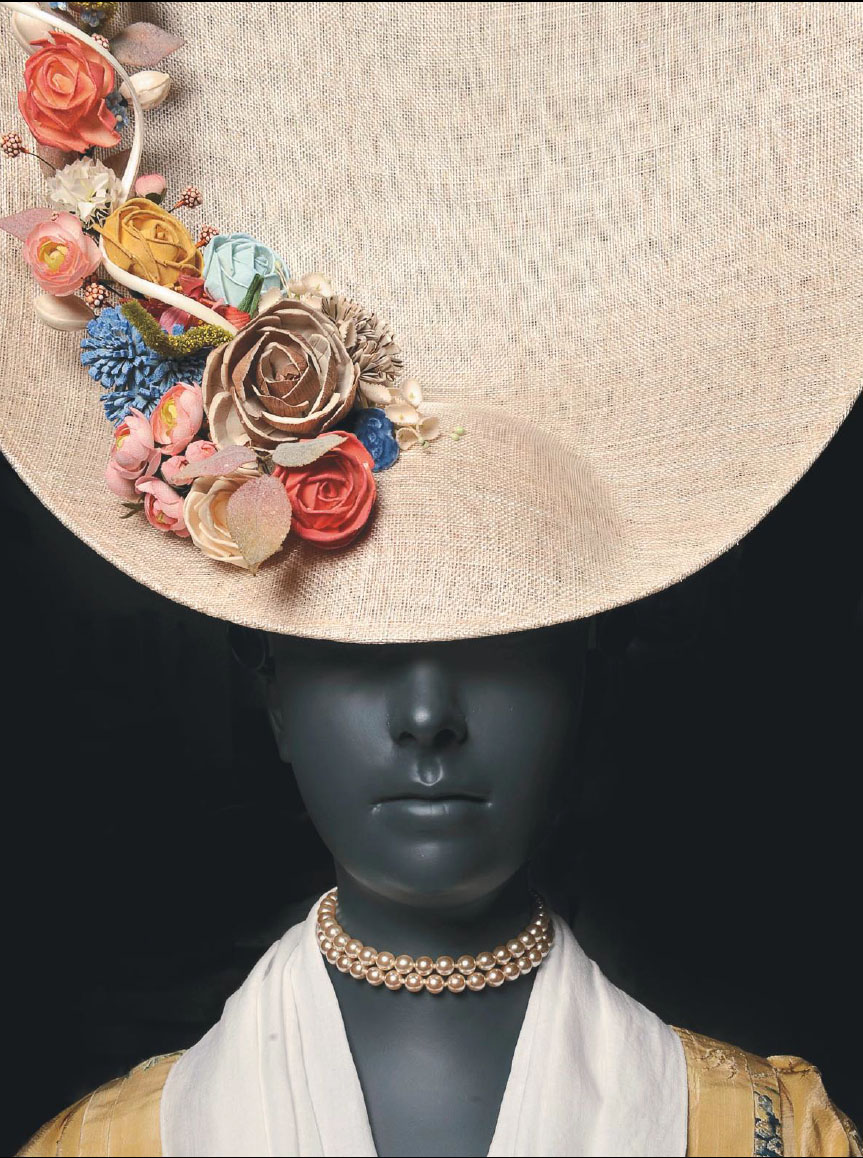
MUSEUM OF LONDON
Great Britain has enjoyed a curious sartorial history. Being an island people, we’ve always had our own ideas of what we think is fashionable, and they haven’t always tallied with others’ tastes. In early modern times we received continental European trends long after they had waned in the Italian, French and German courts, so we re-interpreted them to make something uniquely British and occasionally even sent them back across the channel as a new fad.
The tables turned when Britannia began to rule the waves in the 18th century and by Victorian times British trends were shipped to every country glowing pink on the map. Nowadays, the Empire has gone the way of codpieces and periwigs, but British fashion is still a force to be reckoned with.
[caption id="GreatBritishFashionondisplay_img1" align="aligncenter" width="222"]
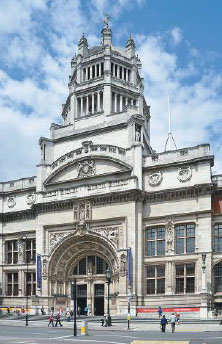
VICTORIA & ALBERT MUSEUM
Perhaps that’s why we have some of the world’s best costume collections. Some are generalized, others very specific—gloves, shoes, hats, fans, etc.—if you can wear it, someone has got museum for it. Some of the small, specialist collections are excellent, but they’re for another day, as are the magnificent Royal collections at museums such as Kensington Palace. For the moment, let’s look at the big-hitters: the contenders vying with Tokyo and New York for sheer quality and size. A couple have been victims of the recession. Sadly, it’s no longer worth making a trip to Dumfries to see the National Museum of Scotland’s superb costume collection. In general, though, costume museums are such crowd-pleasers that it’s worth going early in the day or even, for exhibitions, booking ahead to guarantee entry.
Spanning four centuries, the Victoria & Albert Museum’s costume collection is the largest and most comprehensive in the world. It also houses a massive library of textiles. The main galleries are on the left from the main entrance, and provide a dizzying display of designer wear grouped by date. Apart from the most important examples, displays are rotated, both for variety and to preserve the fragile fabrics. As with all museums, the V&A has many, many more objects than they can ever put on show.
[caption id="GreatBritishFashionondisplay_img2" align="aligncenter" width="500"]
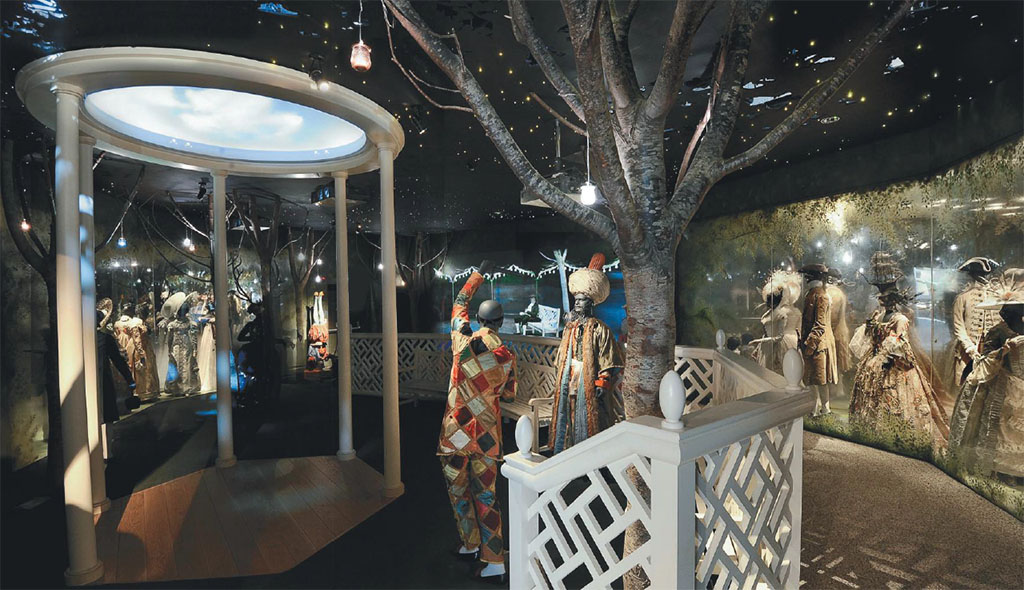
MUSEUM OF LONDON
The museum is particularly interested in couture and high-end fashion. The huge 20th- and 21st-century section is an example; they are still actively collecting the best work by top contemporary designers. For this reason, much as I love the V&A, I don’t often see stuff I actually connect with seeing on the streets, though for drooling over inter-war evening dresses or sighing for 1950s Dior it can’t be beaten. My favorite part is definitely the exquisite 18th-century collection, with extraordinary “mantua” court dresses and delicate men’s frock coats, but just as interesting are the reference areas upstairs. Some need to be viewed by arrangement; others are open to all.
[caption id="GreatBritishFashionondisplay_img3" align="aligncenter" width="935"]
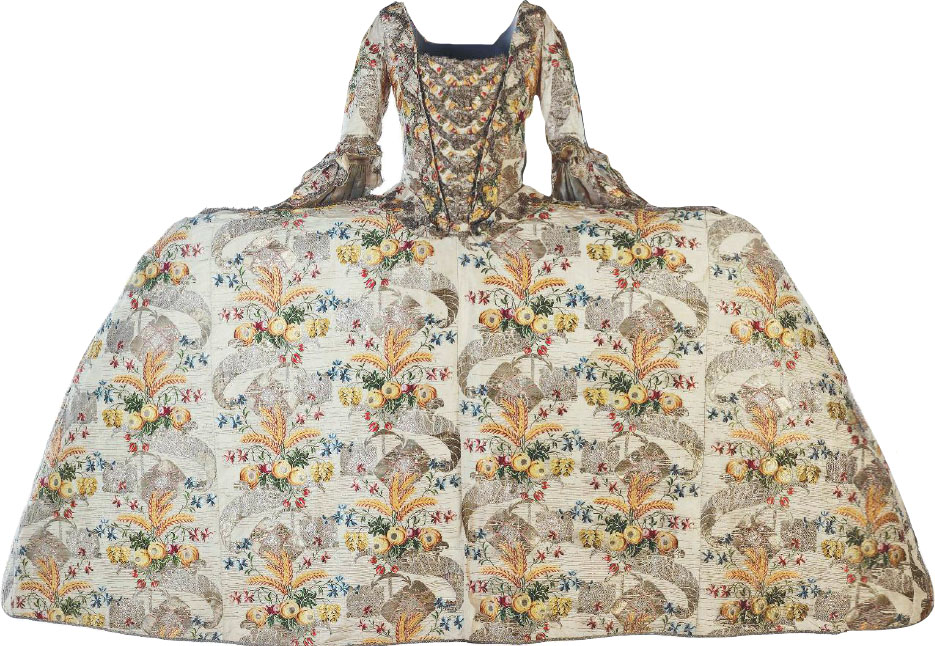
MUSEUM OF LONDON
Because it is so very prestigious, the V&A can call in favors from top designers, foreign collections and private benefactors around the world when it comes to exhibitions, and their specials are never anything short of stunning. The recent Hollywood Costume blockbuster was the best exhibition I have ever seen of anything. Exhibitions book up fast, but day tickets are usually available for persistent queuers.
Second only to the V&A in the UK, the Museum of London’s ever-expanding costume collection has 24,000 objects, though, thanks to the usual space constraints, only 60 complete outfits and 200 accessories are available to view on a day to day basis at the City branch in the Barbican. Having said that, it’s still an eyeful.
Provenance is the watchword for the MoL and their priority is in the stories the clothes tell. In the Modern Galleries stands an extraordinary 18th-century Spitalfields silk court-dress, for instance, silver-embroidered with bales of barley and anchors, worn by the Mayor of London’s (a corn merchant) daughter Anne Fanshawe at his swearing-in. My favorite part of the collection is where the costumes are showcased as part of an 18th-century pleasure garden, with cleverly atmospheric lighting that entrances the visitor—and keeps the textiles as dark as possible.
Most clothes that have lasted for centuries tend to be garments for special occasions. This is hardly surprising; even today we’ll carefully preserve a wedding dress, but the rest of our clothes see their days out as gardening gear or painting outfits. The museum is very keen to acquire the rarer, ordinary clothes that often find their way into exhibitions. I was particularly taken by the recent Pirates extravaganza at the museum’s Docklands branch, which had, alongside the frock coats associated with the likes of Blackbeard and Captain Kidd, a pair of ordinary sailor’s slops, as eloquent as any velvet swag or lace ruffle. Again, most of the collection can be viewed by appointment, but there is a huge, fully searchable online collection.
Bath has been a place for dedicated followers of fashion since Georgian times, so it seems appropriate to have a shrine to clothing trends in the bowels of the Assembly Rooms. Just to confuddle, the former Museum of Costume, founded 50 years ago, is now known as the Fashion Museum, not to be confused with the Museum of Fashion, London.
I doubt I’m the only one for whom the most memorable part of the Bath collection is the Regency wear. It’s largely to do with association—the town is steeped in the period, and to see originals from the time Jane Austen would have danced in the very hall where the museum is housed is exciting and appropriate. I was particularly taken with a staggering dark blue silk dress I’m convinced Miss Bingley must have worn with a giant ostrich feather at the Netherfield ball. But from Victorian sportswear to 1920s flappers, an 18th-century corset for a 2-year-old to a frankly nasty fuchsia-pink 80s puffball frock, the collection houses some knockout pieces beyond Austenalia and is both wide-reaching and continually growing.
York Castle Museum is one of the largest provincial collections in the country, concentrating on the clothing worn by ordinary people. Not the very poor, of course, who wore their garments into the ground, more the “middling sort,” and all the more interesting it is for it. The collection is particularly strong on 18th and early 19th-century clothes, but also boasts some curiosities such as velvet “pudding hats” for toddlers (the equivalent of modern-day crash helmets), a 15-inch shoe worn by the “Yorkshire Giant” William Bradley and an English Civil War New Model Army buff-coat.
During World War II, Audrey Deacon was evacuated to her uncle’s house at Aston Tirrold. The place was so full of old clothes there was no space for her and she had to make room—fast. Happily for the nation, Paulise de Bush, who lived down the road, noticed her neighbor chucking out “rubbish” consisting mainly of 18th and early 19th-century dresses. She persuaded Audrey to let her have the best examples as theatrical costumes for her drama group. After a while, collecting became an obsession and Paulise started exhibiting as well as performing in them. During the 1960s she hooked up with filmmakers Atherton and Harvey Harrison, and together they made a documentary, Fame and Fashion. Audrey was keen the collection should be accessible after her death and in 1977 Atherton managed to find a house without a collection for the collection without a home. It now lives at Killerton House in Devon, under the stewardship of the National Trust and continues to grow. The oldest item is from 1690. The annual exhibitions are justly famous and concentrate on different aspects of fashion each year.
Bermondsey has a down-at-heel reputation that it has long outgrown; a wander down the streets around London Bridge will reveal architecture to rival Spitalfields. Traditionally associated with the leather trade (South East London housed all the smelly businesses so prevailing winds could blow the stink away), it has always been associated with clothing. The newly trendy, old arty feel is a perfect foil for a museum of cutting-edge design. The Fashion and Textile Museum London doesn’t have a permanently displayed core collection, preferring to use the space to host fabulous themed exhibitions on a rolling basis. Currently showing is a stunning retrospective of the designers-to-Royalty Belville-Sassoon, showing couture fashion at its glitziest from the days of the debutantes in the 1950s through the heyday of the great balls in the ’70s to the fashion house’s collaboration with Vogue Patterns, allowing every girl to feel like Princess Diana. The exhibitions are always classily displayed, with little unexpected details—the Belville Sassoon show includes the popular fiction that people wearing the frocks might have been reading at the time.
[caption id="GreatBritishFashionondisplay_img4" align="aligncenter" width="1024"]
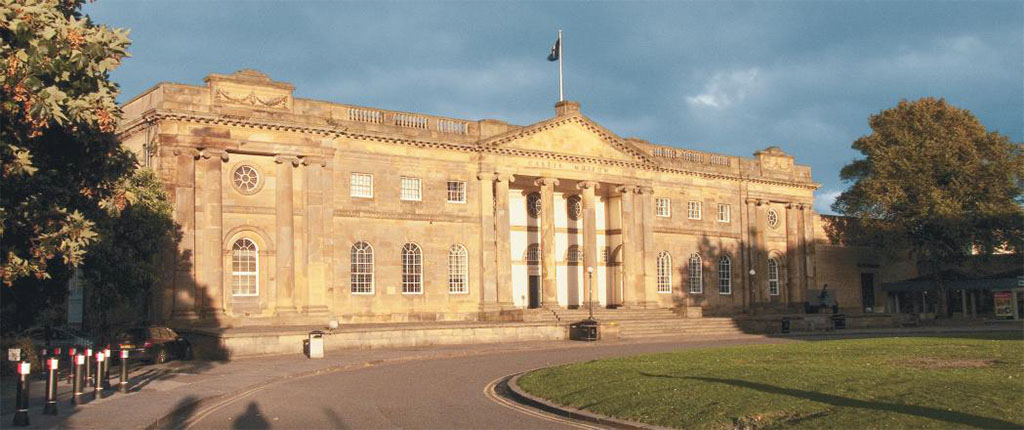
JITKA ERBENOVA
[caption id="GreatBritishFashionondisplay_img5" align="aligncenter" width="867"]
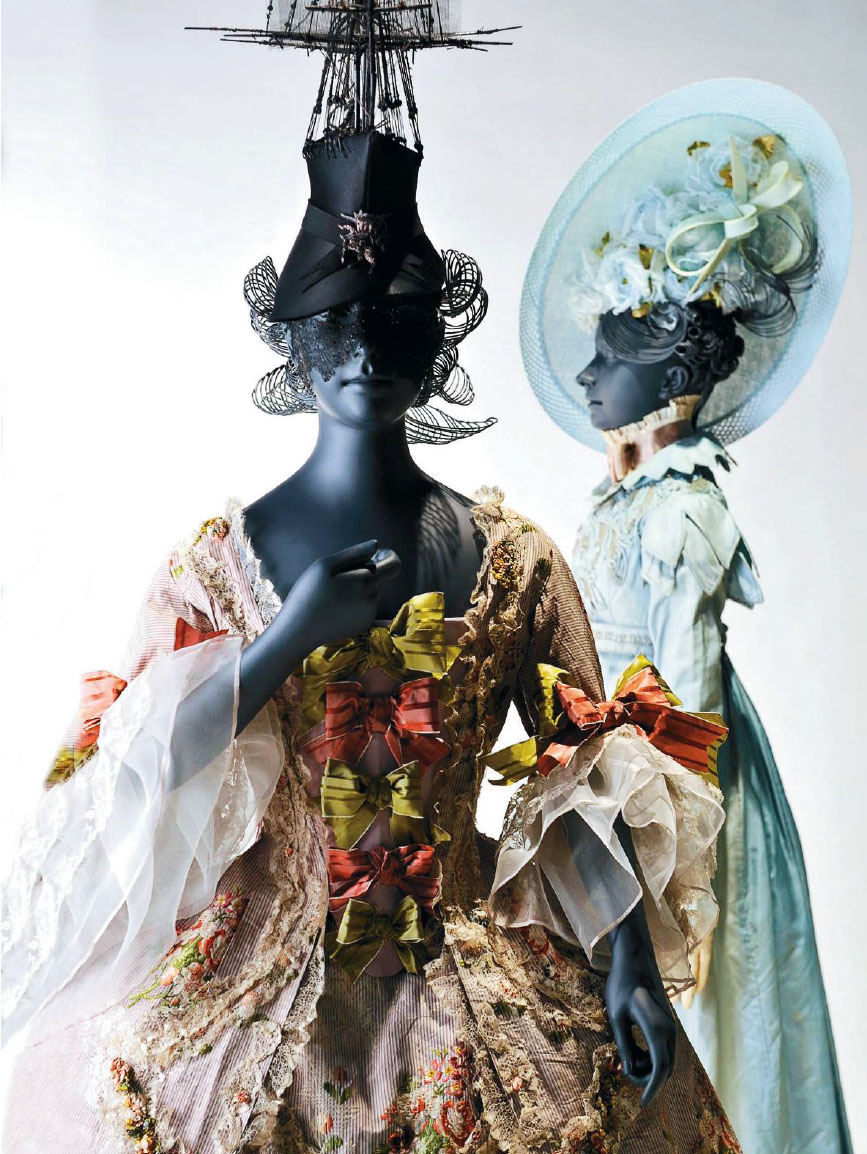
MUSEUM OF LONDON

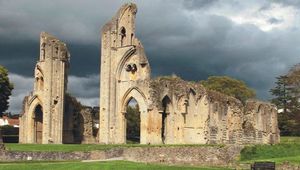


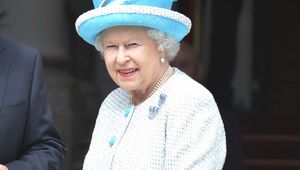
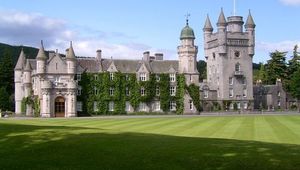
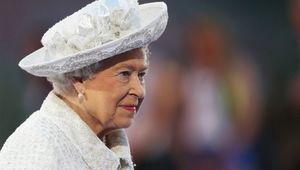
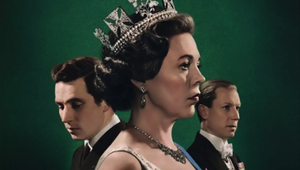
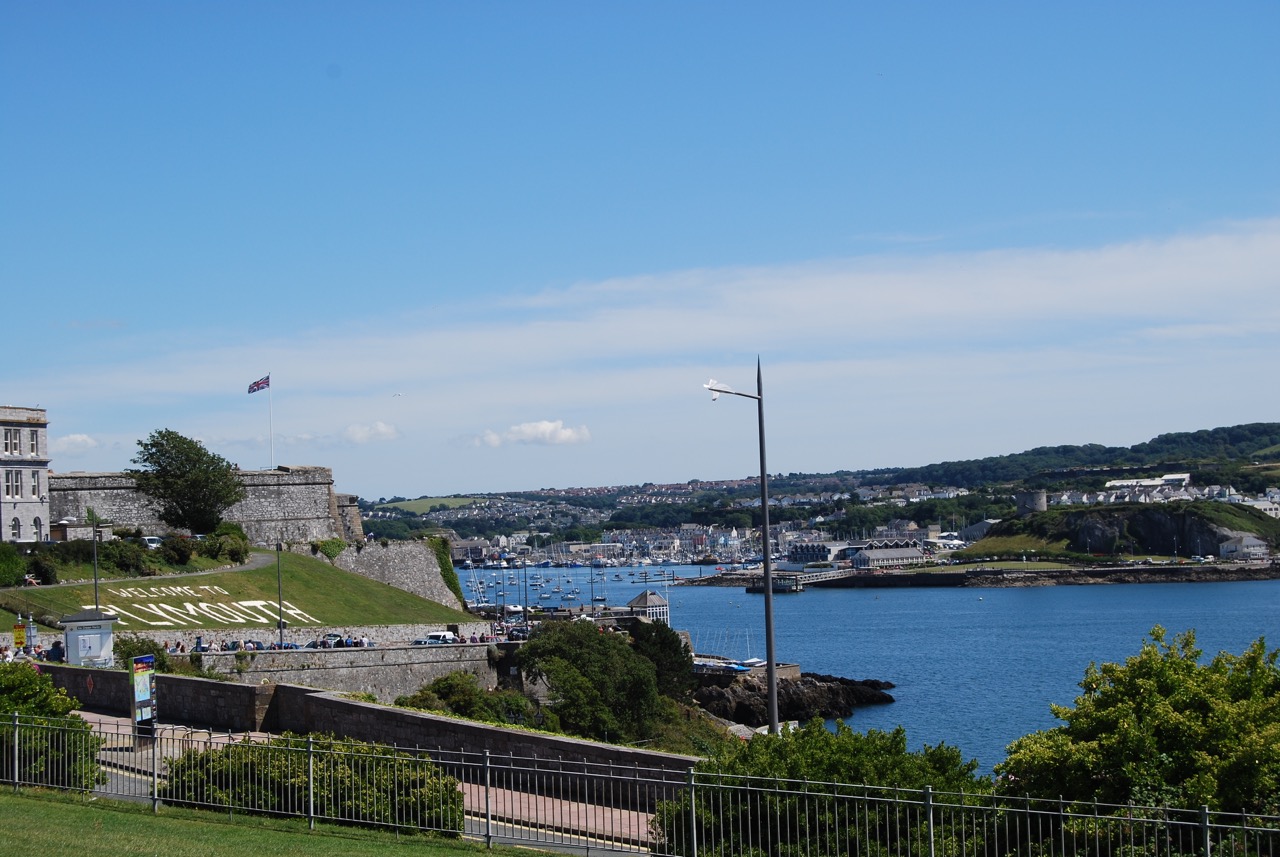
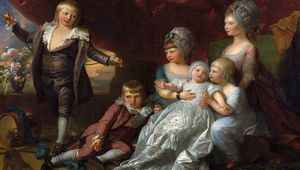
Comments